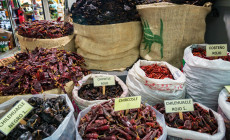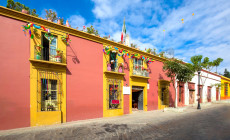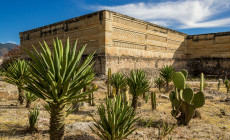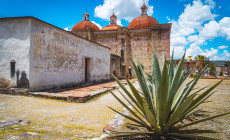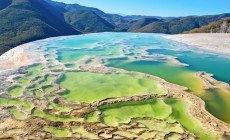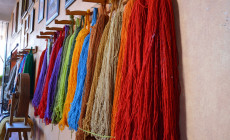-
Latin America
Latin America
- Countries (hidden space)
- Galapagos & Ecuador
- Guatemala
- Mexico
- Panama
- Peru
- Popular Attractions
- Machu Picchu
- Inca Trail
- Easter Island
- Galapagos Islands
- Patagonia
- Rio de Janeiro
- Iguazu Falls
-
Africa
Africa
- Spacer Africa
- South Africa
- Zimbabwe
- Popular Attractions
- Cape Town
- Okavango Delta
- Sossusvlei Dunes
- Victoria Falls
- The Kruger
- The Garden Route
- Masai Mara
-
Asia & Middle East
Asia & Middle East
- Asia
- Borneo (Malaysia)
- Cambodia
- India
- Japan
- Middle East
- Jordan
- Spacer Asia
- Laos
- Sri Lanka
- Uzbekistan
- Vietnam
- Popular Attractions
- Taj Mahal
- Lion Rock (Sigiriya)
- Angkor Wat
- Ha Long Bay
- Kyoto
- Petra
-
Destinations
- Latin America
- Argentina
- Bolivia
- Brazil
- Chile
- Colombia
- Costa Rica
- Galapagos & Ecuador
- Guatemala
- Mexico
- Panama
- Peru
- Asia
- Borneo (Malaysia)
- Cambodia
- India
- Japan
- Laos
- Sri Lanka
- Uzbekistan
- Vietnam
- Middle East
- Jordan
- Southern & East Africa
- Botswana
- Kenya
- Namibia
- South Africa
- Zimbabwe
- Contact Us
-
About
About
Llama Travel provides high quality holidays at the lowest possible prices.
99% recommend us Lower prices - guaranteed Financially protected by ATOL
Mexico’s culinary and cultural heartland, the city of Oaxaca is the place to discover the subtleties and more unusual flavours of Mexican gastronomy, whilst the rugged hills of Oaxaca State are home to numerous long-surviving native communities and cultures.
The Oaxaca region has a long history of indigenous occupation: remains have been found dating to around 11,000BC and evidence of early crop growing led to UNESCO recognition in 2010. Eventually, nomadic people gathered into tribes and by 500BC the Zapotec culture had secured power over the central valleys of Oaxaca, using the city of Monte Albán as their capital until 750AD. From then until the Spanish conquest, the Zapotec and Mixtec cultures were the largest in the region, battling each other before forming an alliance to fight Aztec expansion. Today, the Zapotecs and Mixtecs are still the two largest indigenous groups in the state, accounting for over 50% of the indigenous population and maintaining a rich linguistic heritage. When the Spanish arrived in the 16th century, many native communities retreated into the mountainous Oaxacan terrain for protection, and this separation has helped to preserve indigenous languages: over 50% of Mexico’s non-Spanish language speakers live in Oaxaca State, with around one third of residents speaking a language other than Spanish. One of Mexico’s most famous statesmen, Benito Juarez, was of Oaxacan Zapotec origin. Born in the village of San Pablo Guelatao in 1806, he rose to become President of Mexico and led the country through a turbulent period of international conflict including an invasion from France. Juarez’s resistance established his place as a national hero.
Several mountain chains come together in the state of Oaxaca and north of Oaxaca City, in the Sierra Madre range, community tourism projects offer great opportunities for hiking, horse riding and other outdoor activities. These can be booked with several operators in the city centre. Oaxaca’s rural areas have been neglected in development projects making the state one of the poorest in Mexico. Many citizens living outside of the state’s capital are employed in agriculture, although many have left to find work in larger cities. Nevertheless, the Oaxacan people are friendly and welcome visitors, and this is one of the safest parts of Mexico to explore.

